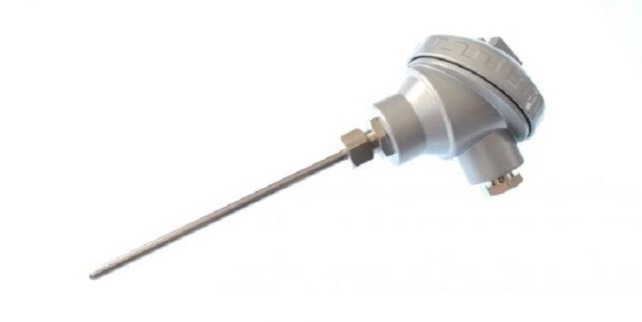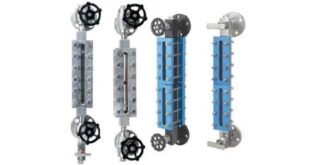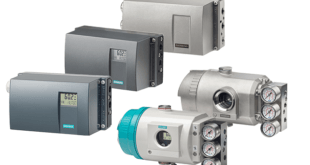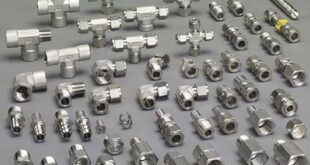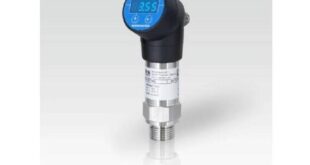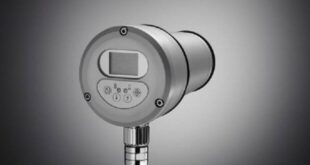Guide to PT100 Sensors: Working Principle, Operation, Construction, and Applications
Introduction
PT100 sensors, also known as platinum resistance thermometers, are widely used in various industries for precise temperature measurement. This comprehensive guide aims to provide an in-depth understanding of PT100 sensors, elucidating their working principle, operation, construction, and diverse applications.
Chapter 1: Basics of PT100 Sensors
1.1 Definition
PT100 sensors are temperature sensors that use the electrical resistance properties of platinum to measure temperature. Platinum’s unique characteristics make PT100 sensors highly accurate and stable over a wide temperature range.
1.2 Significance in Temperature Measurement
PT100 sensors are crucial in applications where accuracy and stability in temperature measurements are paramount. Their reliability and precision make them indispensable in industries such as manufacturing, healthcare, and environmental monitoring.
Chapter 2: Working Principle
2.1 Resistance-Temperature Relationship
At the core of PT100 sensor operation is the relationship between electrical resistance and temperature. Explore how this relationship is exploited for accurate temperature measurements, based on platinum’s linear resistance-temperature curve.
2.2 Platinum as a Sensing Element
Dive into why platinum is chosen as the sensing element in PT100 sensors. Discuss its unique characteristics, including its stability, high melting point, and predictable resistance-temperature behavior.
2.3 Temperature Coefficient of Resistance (TCR)
Examine the concept of Temperature Coefficient of Resistance (TCR) and its role in PT100 sensors. Understand how platinum’s TCR influences the accuracy of temperature readings and why it is a critical factor in sensor design.
Chapter 3: How PT100 Sensors Work
3.1 Electrical Circuit Configuration
Explore the electrical circuit configurations used in PT100 sensors. Discuss the Wheatstone bridge arrangement and how it enables the measurement of small changes in resistance corresponding to temperature variations.
3.2 Measurement Process
Detail the step-by-step process of temperature measurement in PT100 sensors. From the initiation of a voltage supply to the interpretation of resistance changes, understand how the sensor translates temperature into an electrical signal.
3.3 Signal Processing and Output
Discuss how the electrical signal generated by PT100 sensors is processed and converted into a readable temperature output. Explore signal conditioning, amplification, and digital conversion processes.
Chapter 4: Construction of PT100 Sensors
4.1 Sensor Elements and Configurations
Examine the various sensor element configurations employed in PT100 sensors, including wire-wound, thin-film, and coiled wire designs. Evaluate the advantages and limitations of each configuration.
4.2 Protective Sheaths and Housings
Delve into the importance of protective sheaths and housings in PT100 sensor construction. Discuss the materials used and their impact on sensor durability and performance in different environmental conditions.
4.3 Wire Materials and Insulation
Explore the types of wires used in PT100 sensors, with a focus on platinum’s purity and quality. Discuss insulation materials and their role in maintaining signal integrity and preventing external interference.
Chapter 5: Calibration and Accuracy
5.1 Calibration Procedures
Provide a detailed explanation of the calibration procedures for PT100 sensors. Discuss the standards, techniques, and equipment used to ensure accurate and reliable temperature measurements.
5.2 Accuracy and Tolerance
Examine the factors influencing the accuracy of PT100 sensors, including manufacturing tolerances and environmental conditions. Discuss how these factors are managed to achieve the desired level of precision.
Chapter 6: Applications of PT100 Sensors
6.1 Industrial Process Control
Discuss the pivotal role of PT100 sensors in industrial process control. Explore their applications in maintaining optimal temperatures for manufacturing processes.
6.2 HVAC Systems
Explore the applications of PT100 sensors in heating, ventilation, and air conditioning (HVAC) systems. Discuss how these sensors contribute to energy efficiency and climate control.
6.3 Medical and Laboratory Equipment
Examine the use of PT100 sensors in medical and laboratory equipment. Understand how their accuracy is vital for various processes and experiments.
6.4 Aerospace and Automotive
Discuss the applications of PT100 sensors in aerospace and automotive industries. Explore their role in ensuring the proper functioning of engines, electronics, and other components.
Chapter 7: Advancements and Emerging Technologies
7.1 Smart Sensors
Explore how PT100 sensors are evolving with smart technologies, including digital interfaces, wireless connectivity, and integration with the Internet of Things (IoT) platforms.
7.2 Miniaturization and Nanotechnology
Discuss advancements in miniaturization and nanotechnology impacting the design and capabilities of PT100 sensors. Explore how these innovations make sensors more versatile for a broader range of applications.
Chapter 8: Challenges and Future Trends
8.1 Common Challenges
Examine common challenges associated with PT100 sensors, such as drift, hysteresis, and external influences. Discuss strategies for mitigating these challenges.
8.2 Future Trends
Explore the future trends in PT100 sensor technology, including developments in materials, manufacturing processes, and integration with other sensing technologies.
Conclusion
Summarize the key insights from each chapter, emphasizing the critical role of PT100 sensors in temperature measurement across diverse industries. Encourage continued exploration of advancements in sensor technology for ongoing innovation.
 Ontrose industrial corporation Inc. Engineering and supply of industrial projects
Ontrose industrial corporation Inc. Engineering and supply of industrial projects
